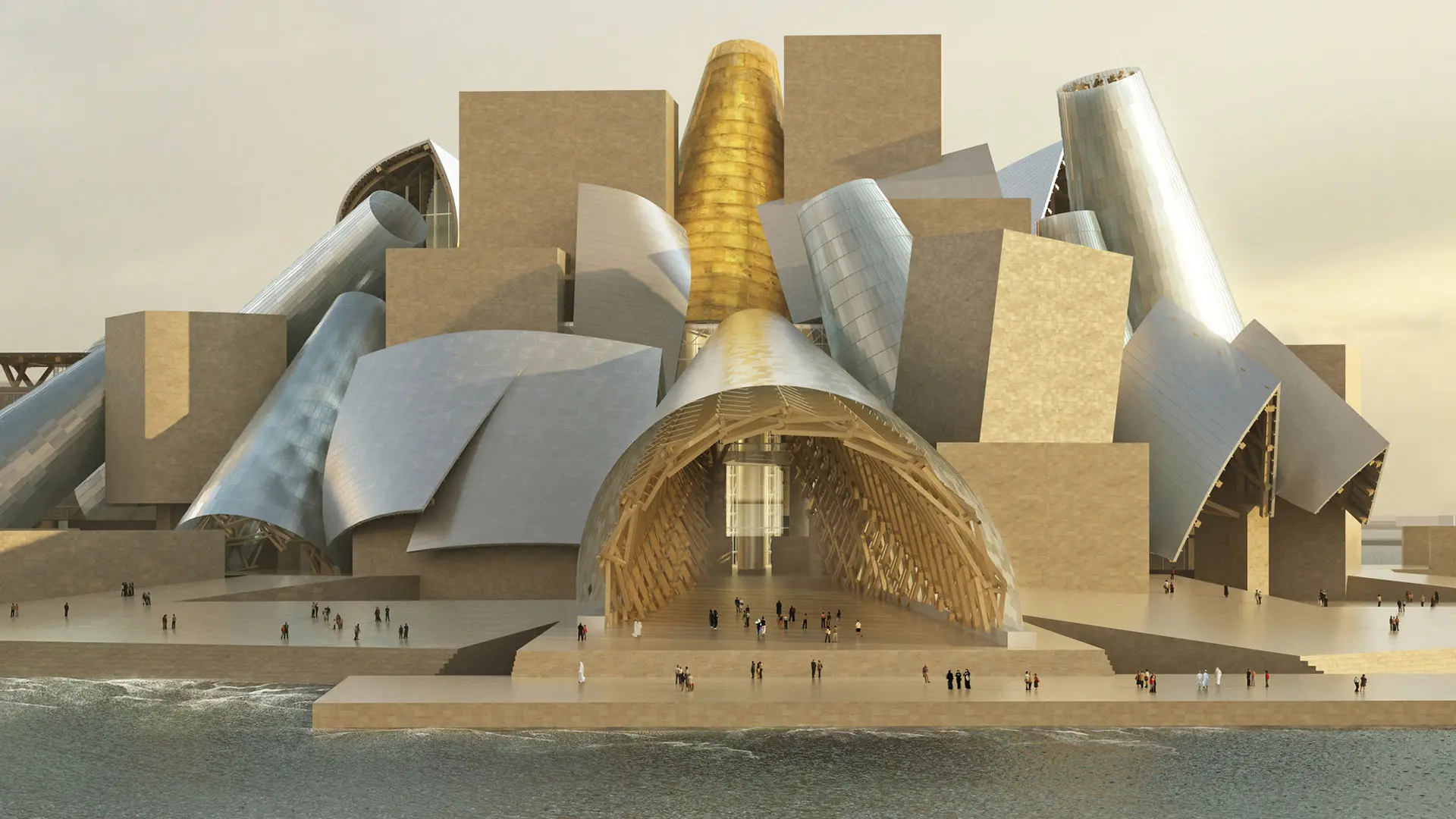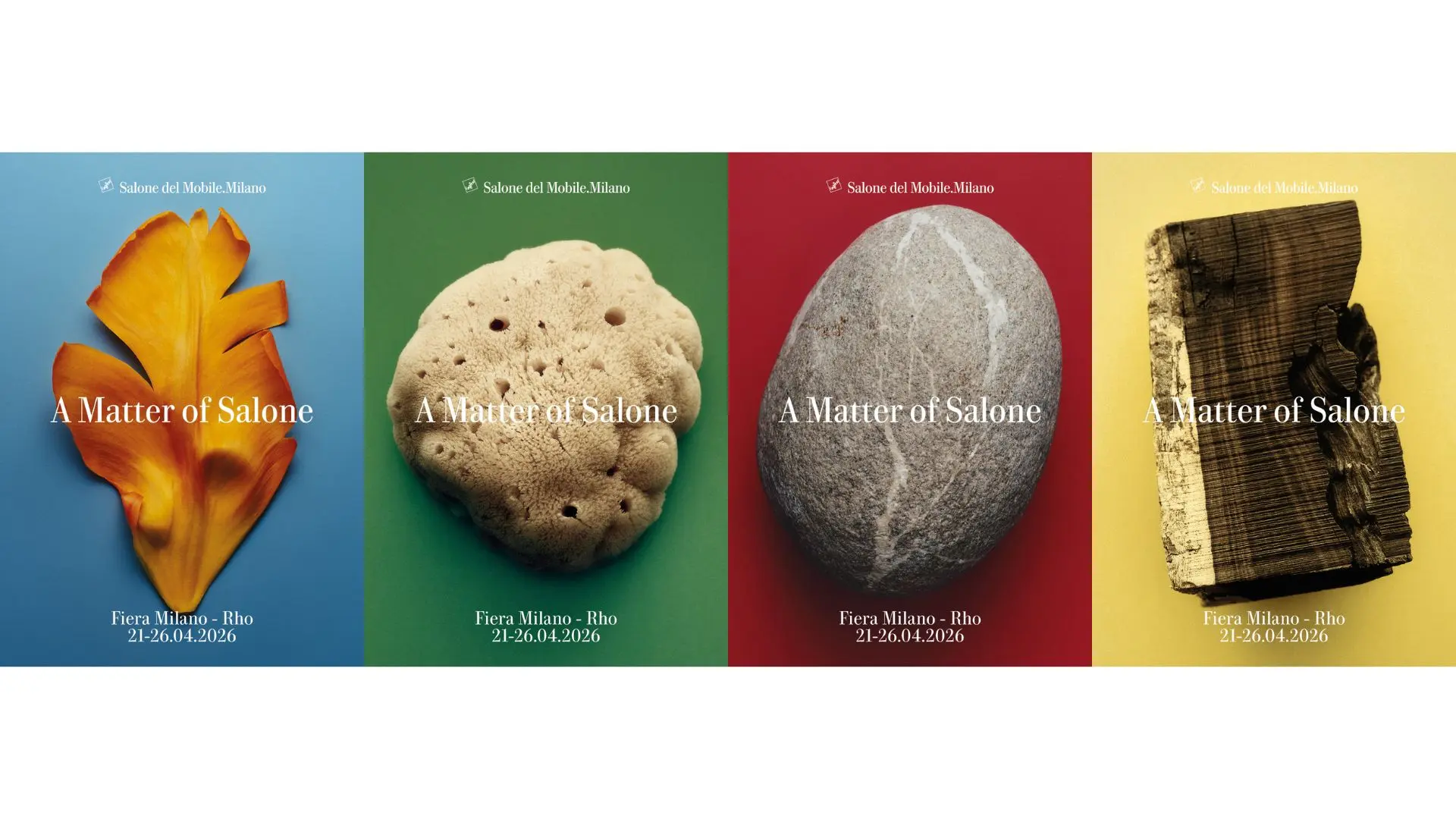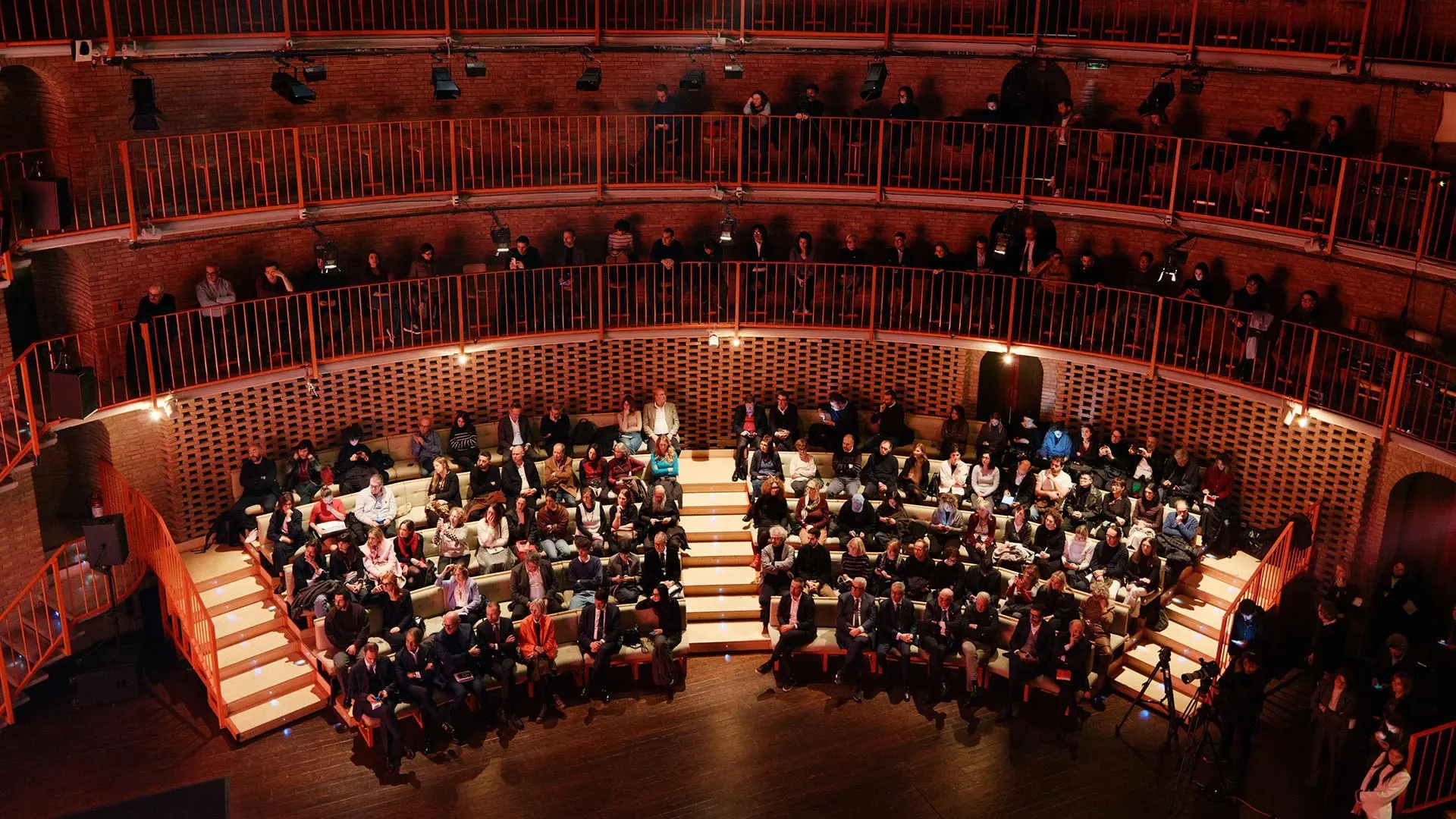From BIG to David Chipperfield, Frank Gehry to Snøhetta: a world tour of the best buildings set to open in 2026
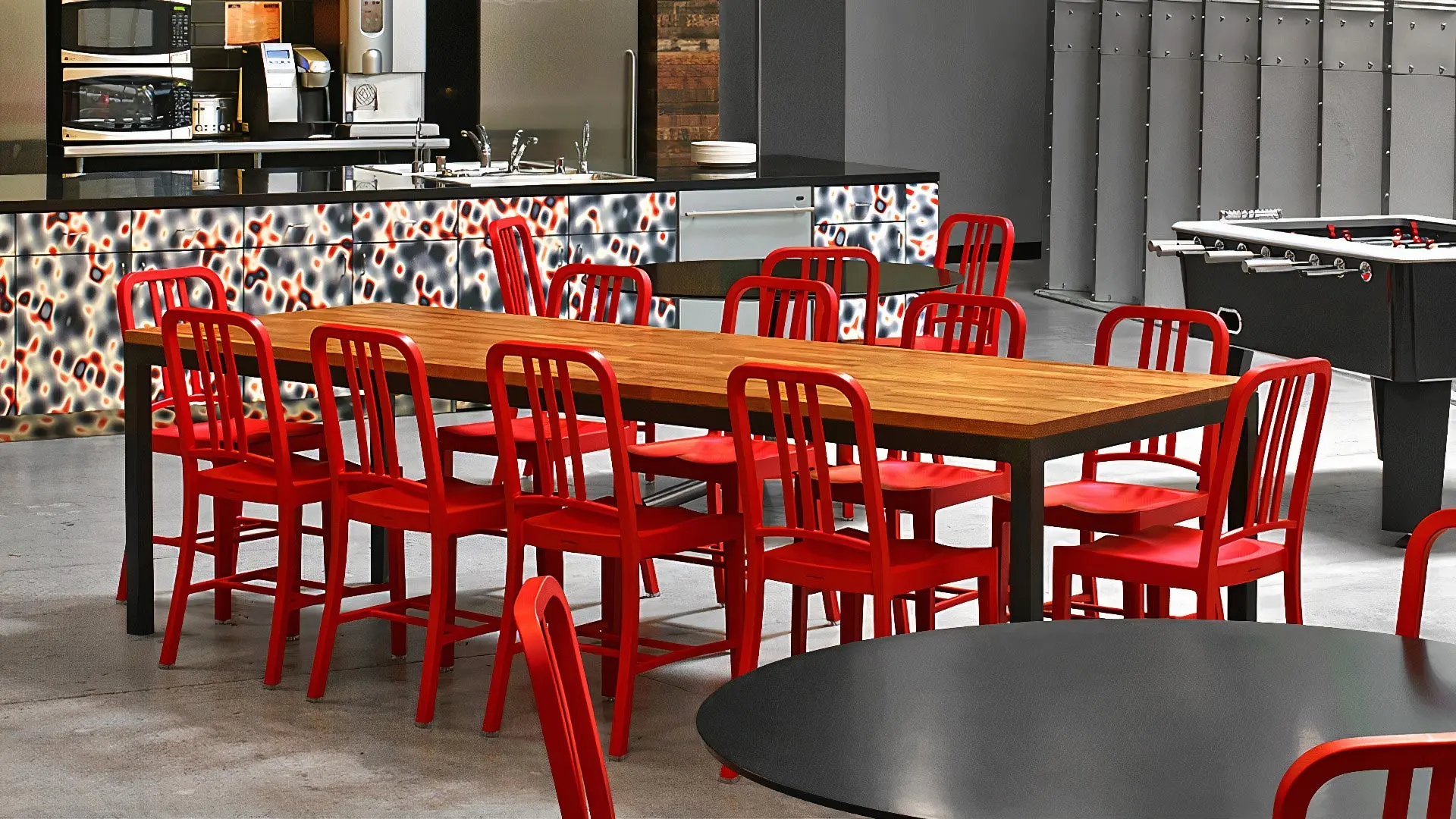
Emeco
Recycled and recyclable or biodegradable materials, ease of assembly and disassembly, quality paints, packing and packaging. Sustainability is catered to. Even on the terrace.
Thanks to a sudden obsession with “green” solutions, designers, philosophers and architects have swiftly turned themselves into “gardeners.” Everything has to be green, although there are those who forget that nature is expressed in a far broader range of colours - brilliant white salt pans, grey basalt cliffs, expanses of black lava. Obsessions aside, there’s no doubt that a renewed ecological and environmental sensitivity has blossomed and spread. It is a movement that, in some ways, is reminiscent of the great “green” wave of the Seventies.
In moral, as well as financial terms, sustainability is the word that drives this phenomenon. Working towards sustainability is a tough and unrelenting commitment, totally unlike the green show (or, as per the jargon, green washing) we’ve recently witnessed. Many companies really have gone down the eco-sustainability route: opting for biodegradable or easily recycled materials, simple assembly and disassembly, with an eye to wrapping and packaging quality. Consumers seem to appreciate these product attributes, not just verbally, but also by accepting the inevitable price increases. An indirect consequence of this new attitude is an increasingly strong awareness of the need to make objects last over time and the ability to adjust, restore and freshen them up (which means the industry must really focus on all levels of post-sales service).
Recycling is also a huge concern. For example, during World War II, Emeco produced the 1006 chair for the US Navy, using recycled aluminium. Seventy-five years on, they’ve used plastic Coca-Cola bottles to make the 111 chair (named after the number of plastic bottles needed to make a single chair), harnessing the principle of upcycling, i.e. turning waste material into something of greater value, much more interesting than that of recycling.
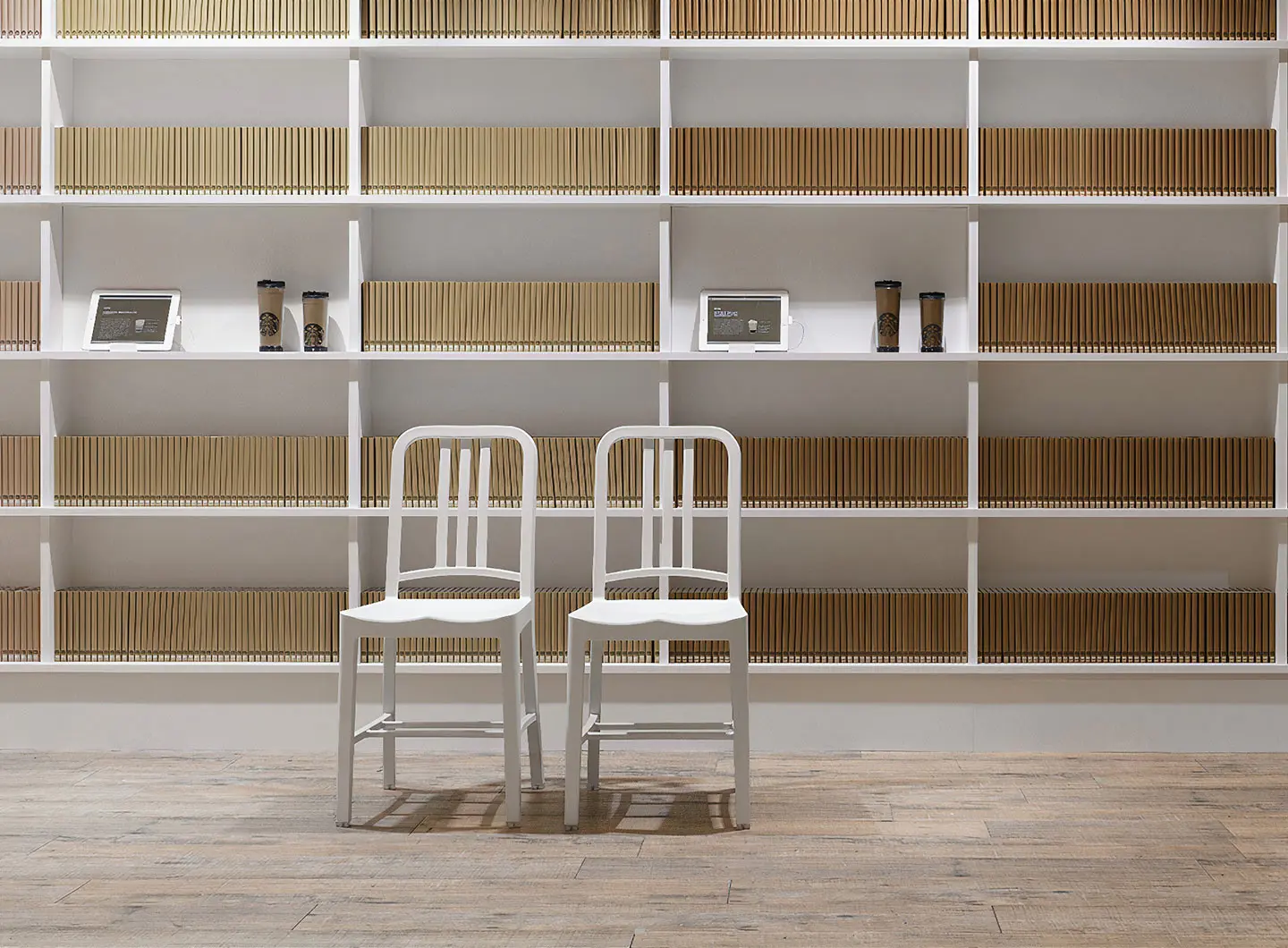
111 Navy Chair, Emeco
Directly related to the green explosion of the last few years and the more recent demand for apartments with balconies and homes with gardens, the production of outdoor furniture is in full swing, curiously, however, although widespread attempts to “imitate nature” have been seen in every sector, from upholstery to the art of table dressing, it is the outdoor sector that often avoids any mimesis with the natural environment for which its products are destined, instead aiming for an aesthetic assonance with “high end” interiors, which means sleek lines and good quality materials. Basically, the most important pieces in living areas have been taken outside, which obviously involves a thorough revisiting of materials, as we have seen with Minotti’s Daiki Outdoor collection, for example, which sets the seal on the company’s partnership with the Brasilian designer Marcio Kogan/ studio mk27 design.
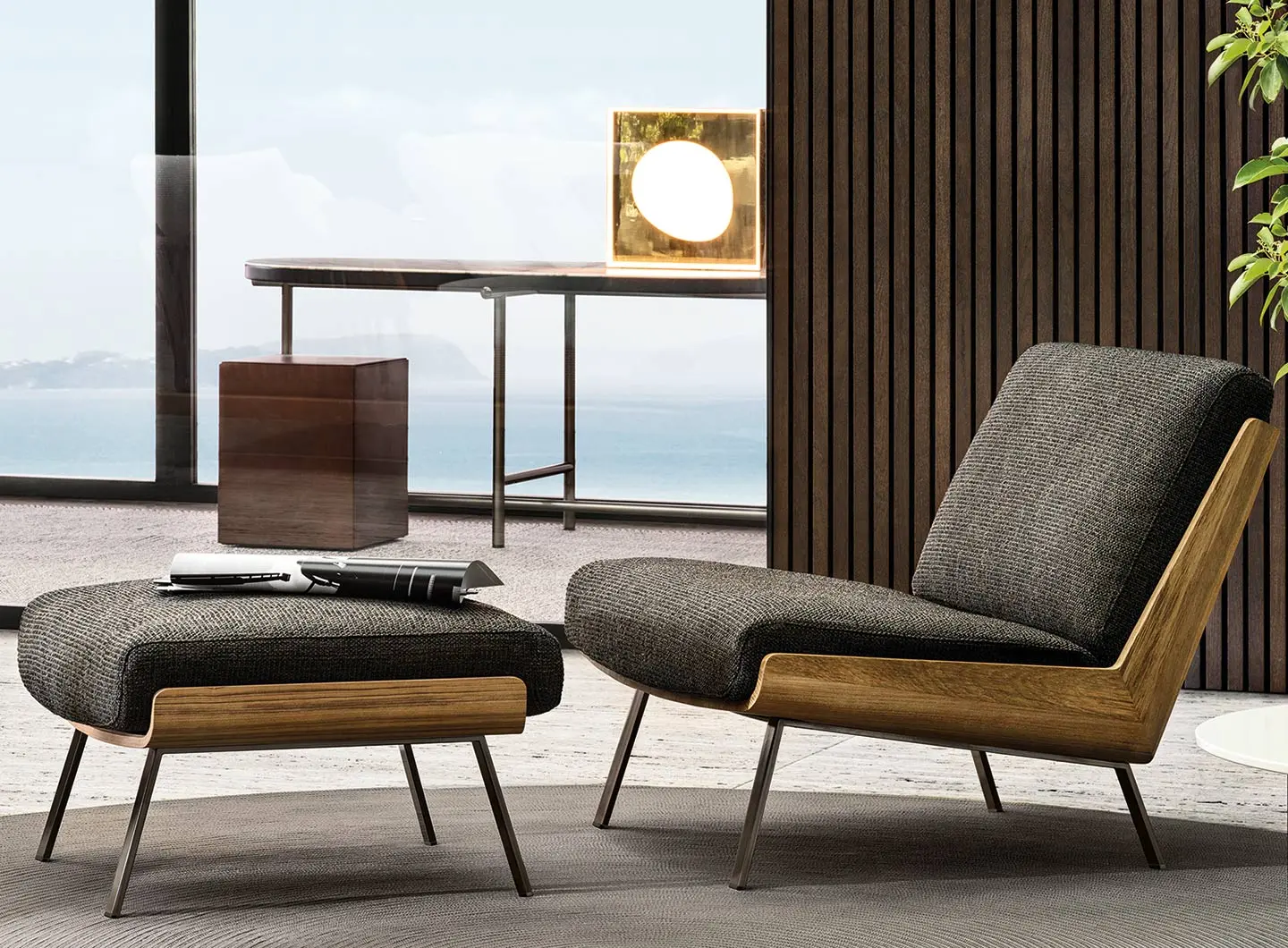
Daiki Outdoor armchair, design by Marcio Kogan/studio MK27, Minotti
Arper’s moulded shell Adell lounge chair, designed by Lievore + Alther Désile Park, creates an indoor/outdoor link.

Adell, design by Lievore + Alther Désile Park, Arper - Photo by Salva Lopez
Although nature “keeps out” of designs for outdoor furniture, it makes a forceful appearance in art design. The work of many young designers (just a niche movement for now) is crammed with straw, mud, fungi, hemp and cork. Furthermore, as an indirect consequence of the above, a new, rough approach to furnishing design, while more discernible in interiors, is hardly in short supply out of doors either. The collections showcased by Ethimo, for instance, contain two such examples, Luca Nichetto’s Pluvia and Paola Navone’s Rafael collection.
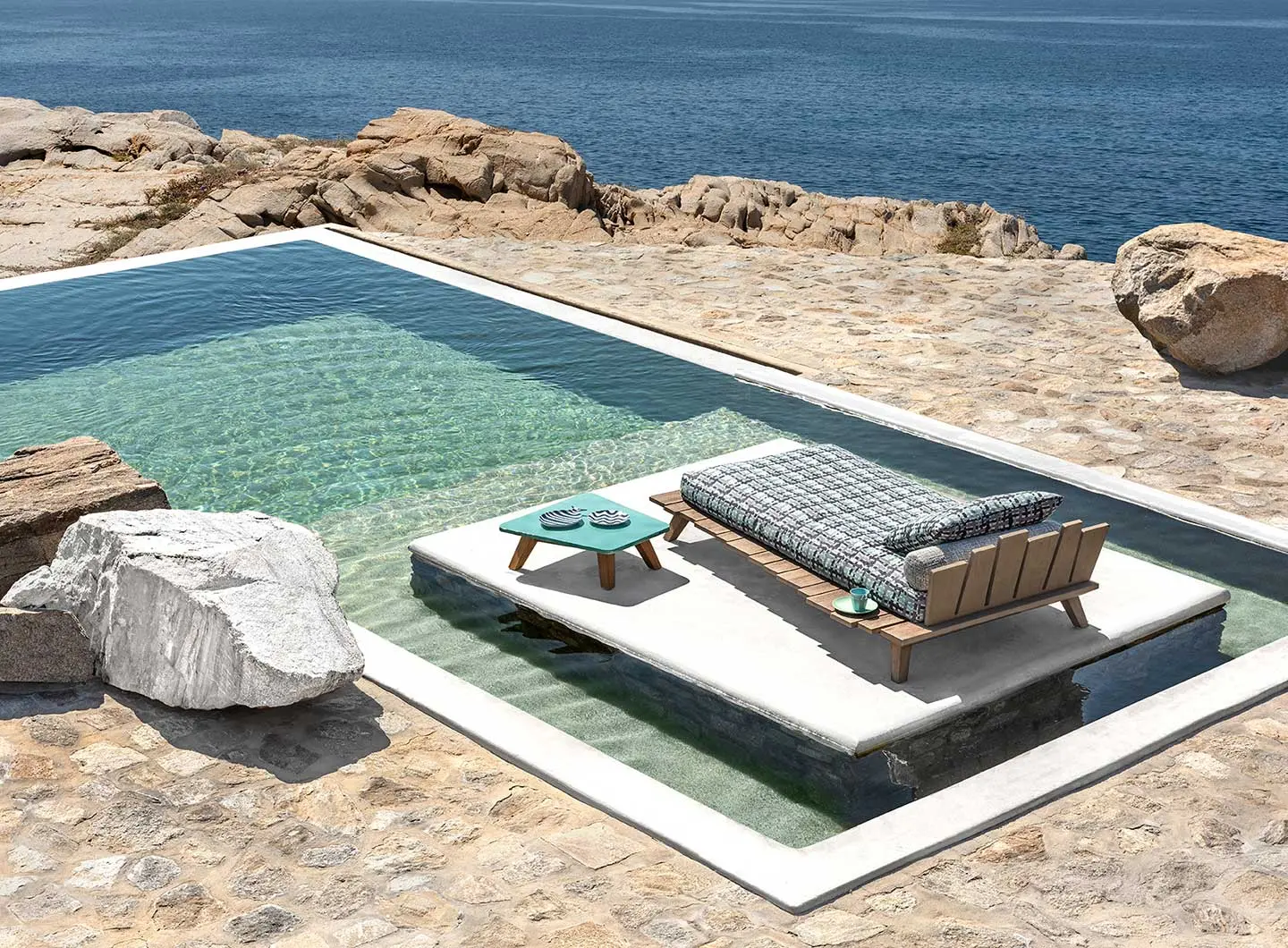
Rafael, design by Paola Navone, Ethimo - Photo by Bernard Touillon


 Sustainability
Sustainability




